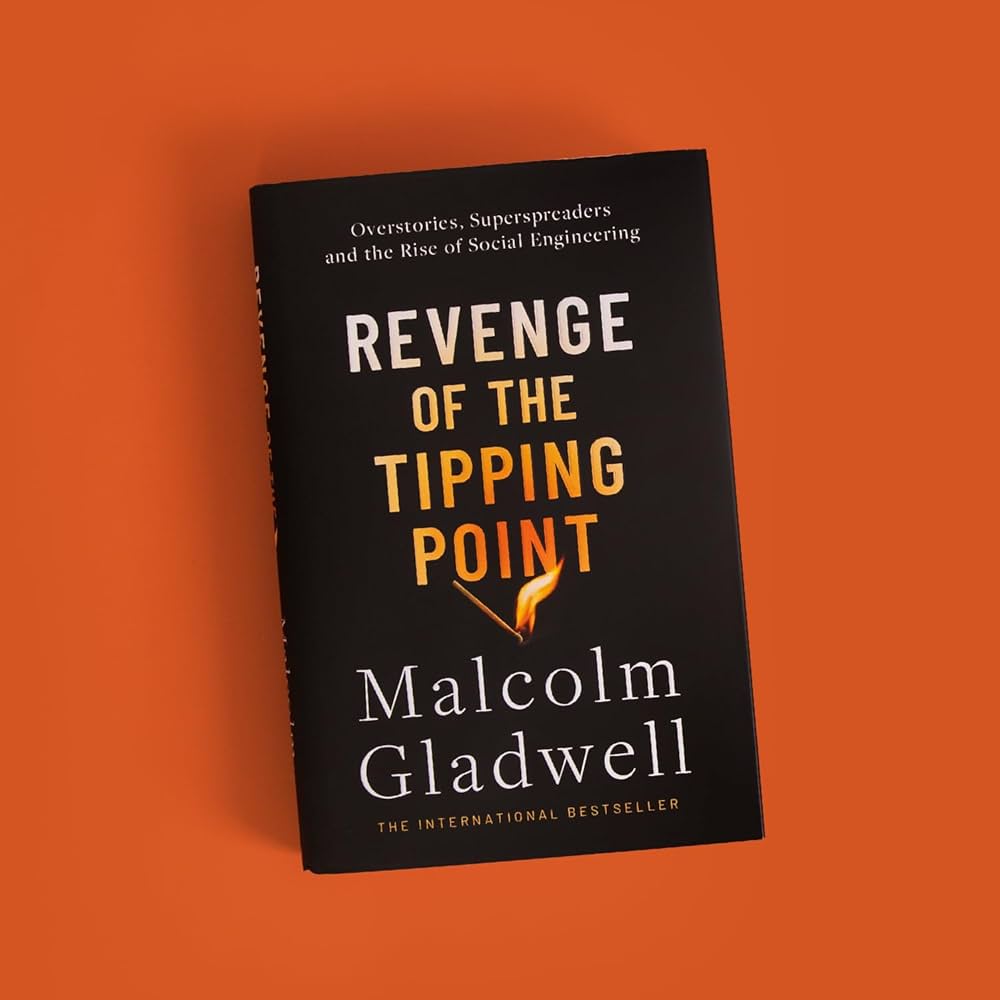Chapter 5: The Mysterious Case of the Harvard Women’s Rugby Team “The feeling was that student athletes bring something special to a community.”
byChapter 5 examines the strategic decision by Harvard University to establish a women’s varsity rugby team in 2013, a move that brings attention to the intersection of athletics, admissions, and social engineering. The chapter opens with an analysis of a rainy-day rugby match between Harvard and Princeton, where Harvard fielded a seasoned team, demonstrating its depth and experience. In contrast, Princeton’s team was still developing, made up largely of athletes recruited from other sports. Despite the competitive nature of the game, the match prompted a reflection on the motivations behind Harvard’s continued investment in athletics and the subtle forces at play in shaping the composition of its student body. This move to create a women’s rugby team is framed not just as a sports decision but as a calculated effort to balance various institutional priorities, including athletic prowess and strategic admissions policies.
Harvard’s vast array of sports offerings, over fifty clubs, and its participation in Division I athletics highlight the university’s commitment to maintaining a strong athletic presence. However, the introduction of women’s rugby was not just about expanding the athletics program; it was about strategic intent. Rugby, particularly women’s rugby, is still relatively underdeveloped in the U.S., making it challenging to recruit top talent for a varsity team. To address this, Coach Mel Denham turned to global scouting, emphasizing the diverse backgrounds of players, many of whom came from affluent families. This global approach reflected a broader recruitment strategy, ensuring that the rugby team was composed of highly skilled athletes, which in turn bolstered Harvard’s athletics program and enhanced the prestige of its teams. The recruiting tactics underscore how athletics, like other components of university life, serve a more significant role in shaping the institution’s demographic composition.
The chapter delves deeper into Harvard’s admissions process, particularly the special category known as ALDCs—Athletes, Legacies, Dean’s Interest List, and Children of faculty. These categories make up 30% of the student body, with athletes receiving an especially high level of consideration, even when their academic qualifications fall short of the typical applicant. The advantages granted to ALDCs suggest that sports play a key role in maintaining a certain demographic balance within the university, giving priority to athletic recruits who bring diversity in terms of both background and skill. This system has raised concerns about fairness, as it offers certain applicants preferential treatment based on their athletic abilities or familial connections rather than solely academic merit. The chapter points out how this practice is not merely about fostering athleticism but is part of a larger strategy to control the makeup of the student body, shaping Harvard’s community according to institutional needs.
Looking back at the historical context of Harvard’s admissions processes, the chapter draws attention to earlier biases, particularly the anti-Semitic practices that influenced Ivy League institutions like Harvard in the early 20th century. The selective nature of admissions, once motivated by exclusionary practices, now serves a different purpose—ensuring diversity while maintaining certain institutional goals. The creation of a women’s rugby team can be seen as a continuation of this tradition, where elite institutions, like Harvard, use admissions and athletics to subtly guide the composition of their student bodies. The dual purpose of expanding athletic opportunities while ensuring the right balance of demographics within the university suggests that admissions and athletics are intricately intertwined. The chapter insinuates that this deliberate manipulation of group proportions through strategic sports decisions is a form of social engineering, where the institution controls who is included and how diverse its community can be.
Ultimately, this chapter uncovers the hidden dynamics behind Harvard’s approach to athletics and admissions, showing how these decisions are not just about creating opportunities for students but are part of a broader strategy to control and shape the university’s social fabric. The creation of the women’s rugby team is one example of how social engineering can be employed under the guise of enhancing athletic programs. By recruiting students from specific backgrounds, including those with athletic talent, the university is able to maintain a controlled yet diverse student body. This practice reflects how institutions, while fostering diversity in certain areas, also aim to protect the status quo in others, creating a balance that meets their institutional goals. Through this lens, the chapter encourages readers to reconsider the deeper motivations that drive major decisions in higher education, revealing the calculated strategies at work behind seemingly innocuous changes.


